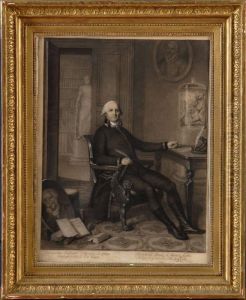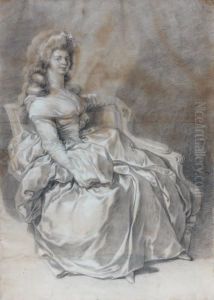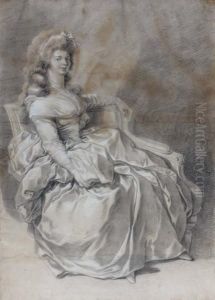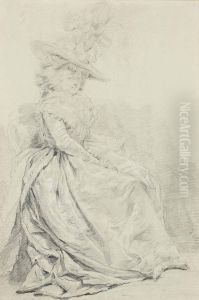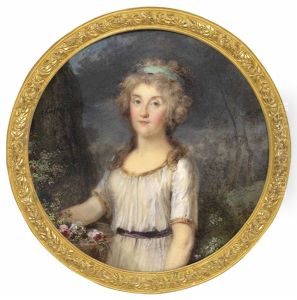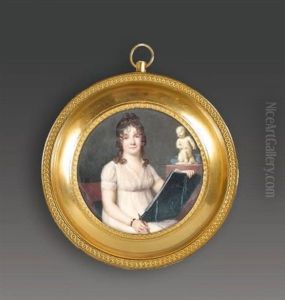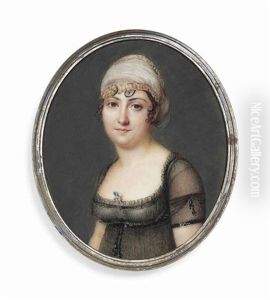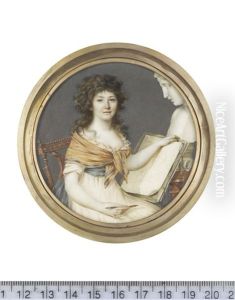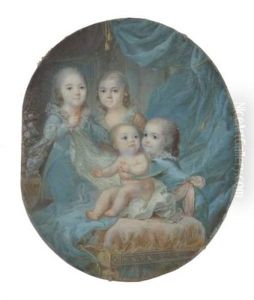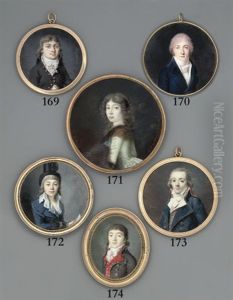Pierre Chasselat Paintings
Pierre Chasselat was a French painter, draftsman, and engraver born on September 21, 1753, in Paris, France. He was a student of Joseph-Marie Vien, a French painter and director of the French Academy in Rome. Chasselat was part of the neoclassical movement, which sought to return to the purity of the arts of Rome and Ancient Greece.
Chasselat's artistic career unfolded during a period of significant political and social upheaval in France, which included the French Revolution and the rise and fall of Napoleon Bonaparte. Despite the tumultuous times, he managed to secure commissions and gain recognition for his work. He was known for his portraits and historical subject matter, often imbuing his works with a sense of classical elegance and restraint.
Throughout his career, he exhibited at the Paris Salon, the official art exhibition of the Académie des Beaux-Arts in Paris. His works were well received, and he garnered respect among his contemporaries. He was also involved in creating engravings, which were important for disseminating art to a broader audience at the time, as they were more accessible than paintings.
Pierre Chasselat passed away on February 20, 1814, in Paris. His contributions to French neoclassical art were overshadowed by the towering figures of the era like Jacques-Louis David, but his works remain a testament to the rich artistic milieu of late 18th and early 19th-century France. The legacy of artists like Chasselat is reflected in the drawings, engravings, and paintings they left behind, which continue to be studied and appreciated for their craftsmanship and historical value.
